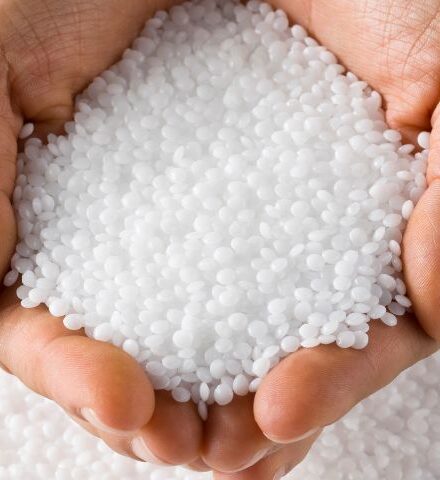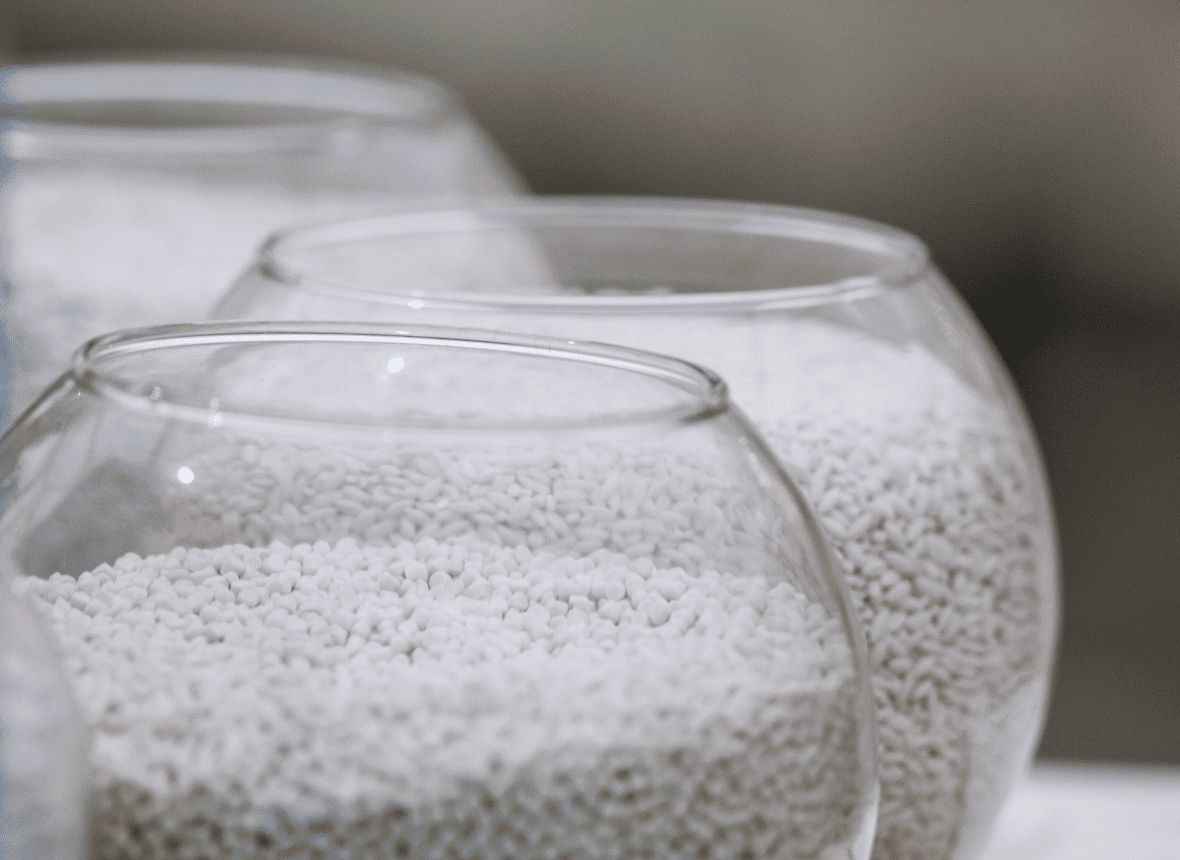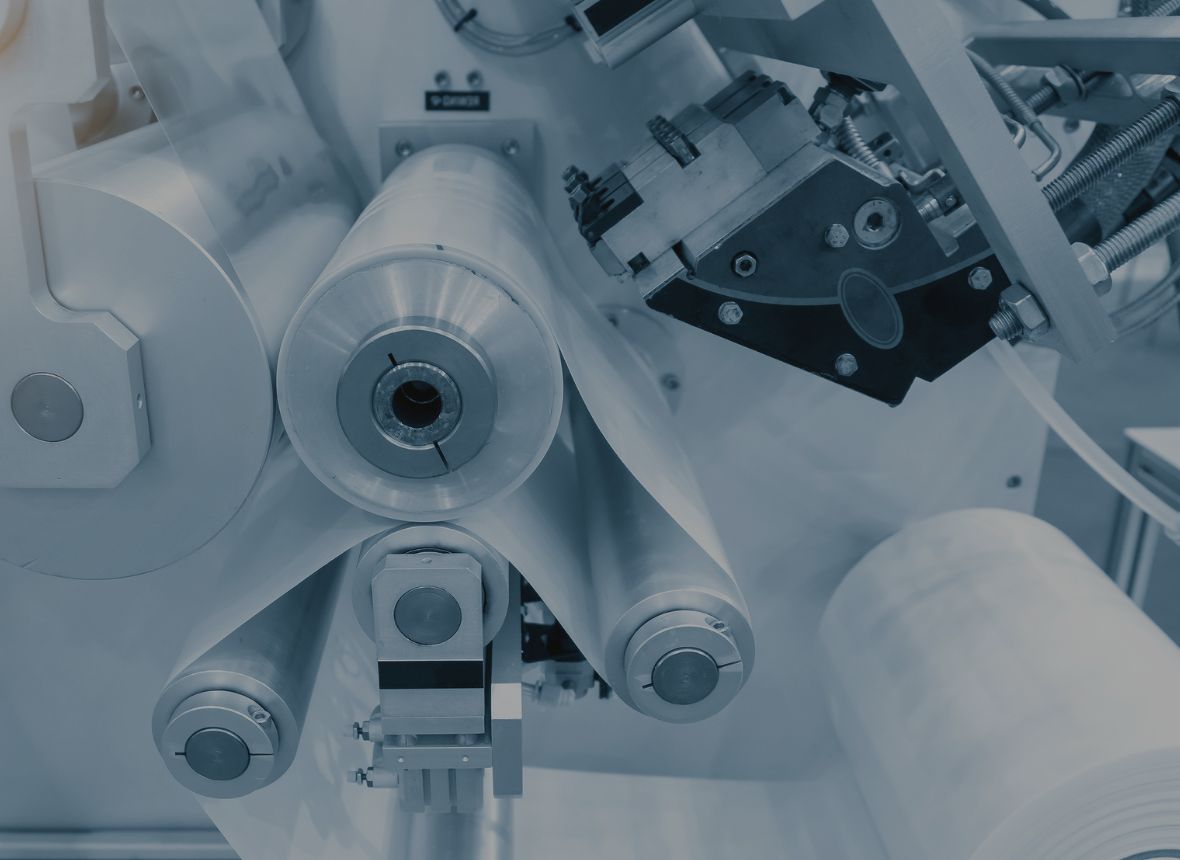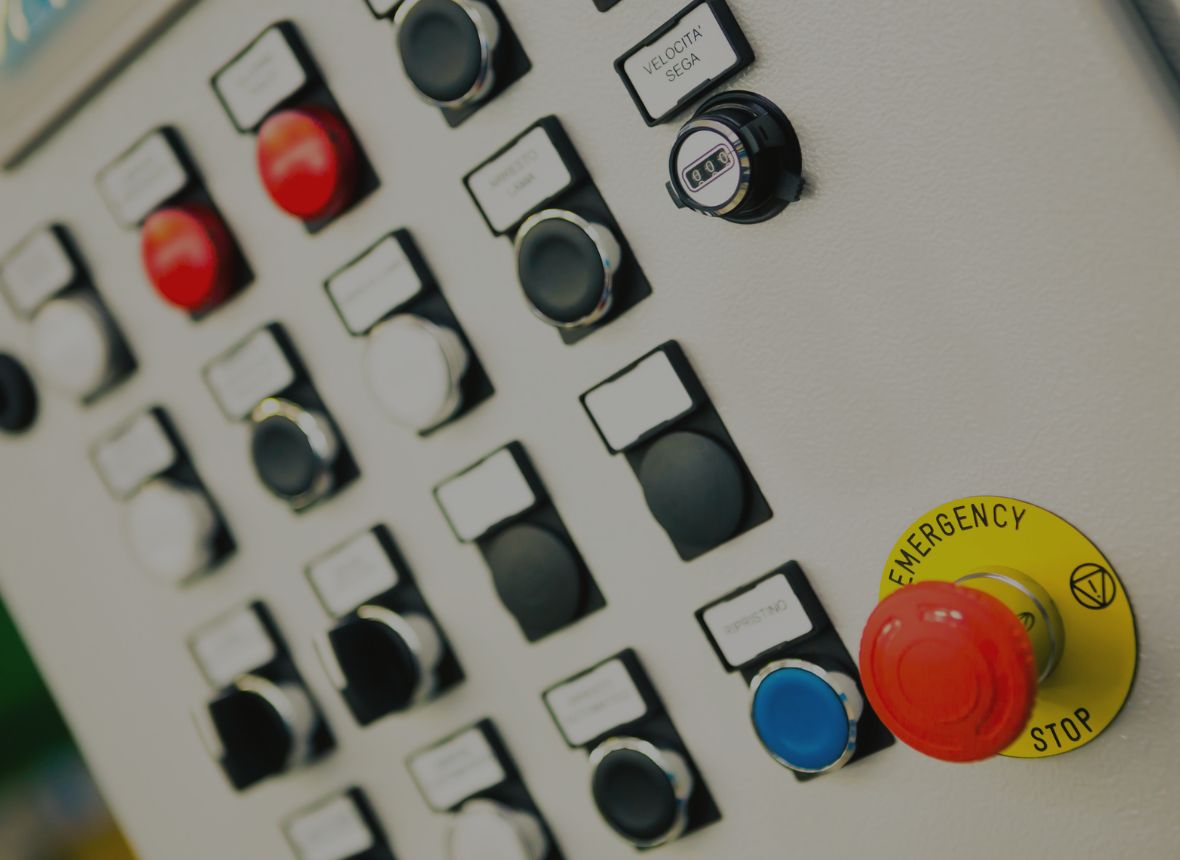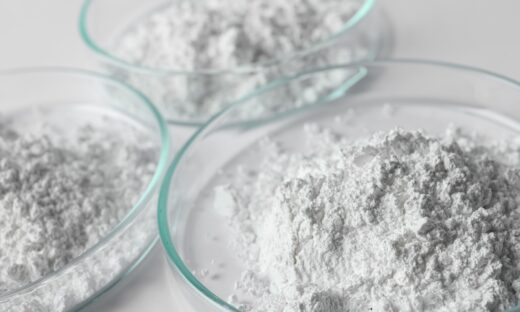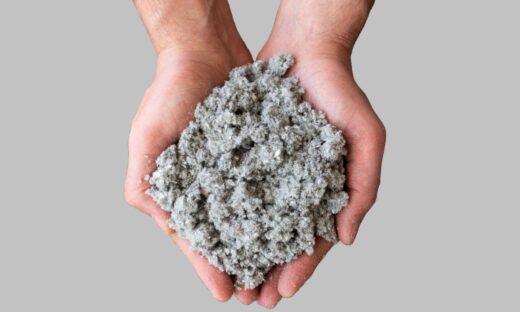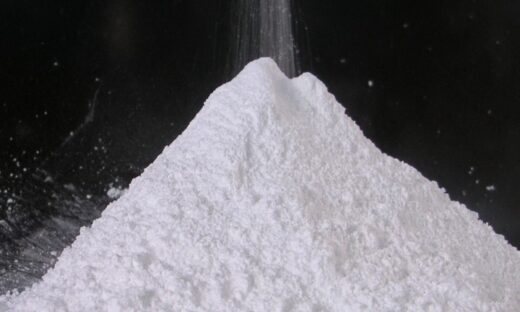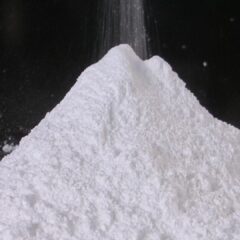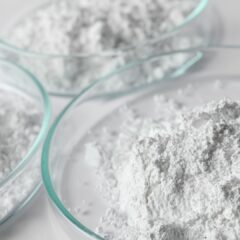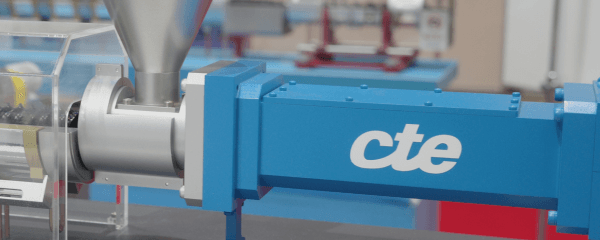Understanding Twin-Screw Plastic Extruders: High-Filled Compounding Explained
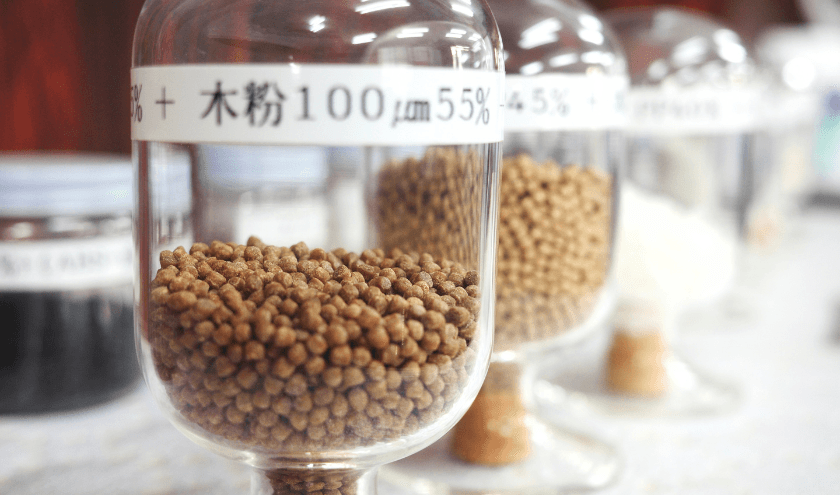
Plastic extruders play a critical role in the production of various plastic products. However, understanding the term “plastic extruder” and its mechanisms can be challenging. This article simplifies the basics of plastic extruders to help you grasp their importance in manufacturing.
What is a Plastic Extruder?
A plastic extruder is a machine that melts and mixes resin, then pushes it through a die to form shapes like tubes or sheets. Unlike batch processes, plastic extruders offer continuous mixing, significantly boosting efficiency. Plastic extruders are categorized by application and the number of screws, with single-screw and twin-screw extruders being the most common. For high-filled compounding, twin-screw extruders are the industry standard.
Types of Plastic Extruders
Plastic extruders can be classified as “mixing” or “molding” machines. Mixing extruders produce pellets—the raw materials for plastic products—while molding extruders create the final plastic products. Additionally, extruders are categorized by screw configuration: single-screw, twin-screw, and multi-screw. Twin-screw extruders are particularly effective for high-efficiency mixing, especially when adding pigments or other additives. These extruders come in two types: “intermeshing” for uniform mixing, and “non-intermeshing” for superior gas venting. CTE’s extruders are engineered to handle both configurations, offering flexibility and precision.
How a Plastic Extruder Works
Plastic extruders operate through three main zones: the feed zone, the knead zone, and the extrusion zone. In the feed zone, raw materials enter the machine. In the knead zone, they are melted and mixed. Finally, in the extrusion zone, the material is shaped and cooled. Effective gas venting is crucial to prevent issues like feed neck clogging, which can lead to defects in the final product. Proper venting ensures high-quality pellets and reduces the risk of bubbles, which are key to flawless molded products.
CTE’s High-Performance Twin-Screw Extruders
CTE is a leader in the development of high-performance twin-screw extruders. Our patented technology delivers exceptional mixing efficiency and top-tier quality. The HTM Twin-Screw Extruder series, equipped with high-speed rotors, excels in mixing, temperature control, and precise gas venting. Our flagship HTM Tandem Twin-Screw Extruder is specifically designed for high-filled compounding, offering unparalleled dispersion and high output, making it the premier choice for quality-driven manufacturers.




